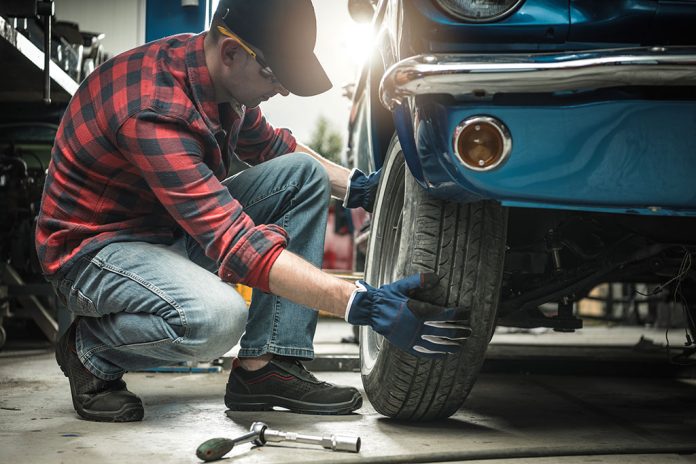In this increasingly competitive market, consumer expectations are always on the rise, and safety features have become key selling points. Shoppers are more informed, often citing safety ratings and technological advancements as critical factors in their purchasing decisions. As a result, manufacturers are investing heavily in research and development to create vehicles that perform well and protect occupants in the event of an accident.
What Are the Latest Technological Advancements in Car Safety Features?
Modern vehicles are increasingly equipped with advanced safety features that utilize sophisticated technology. These include lane-keeping assist systems, automatic emergency braking, adaptive cruise control, and collision warning systems. Manufacturers are now using cameras, sensors, and radar technology to develop features that were unimaginable just a few years ago.
According to LegalMatch, if someone steals your property that’s worth $500 or less, it’s classified as a Class A Misdemeanor. This fact underscores the importance of safety features in protecting the vehicle’s occupants and itself from theft and vandalism. Many modern cars are now equipped with advanced tracking systems that can help recover a stolen vehicle, adding an additional layer of safety for car owners.
Furthermore, as vehicles are designed with the integration of internet connectivity, automakers can introduce features that enhance driving safety in real-time. Technologies such as V2X (Vehicle-to-Everything) communications allow vehicles to interact with their surroundings, providing drivers with critical alerts about road conditions, nearby hazards, and traffic updates. These advancements help reduce the chances of accidents, improving overall safety on the roads.
How Are Manufacturers Ensuring the Reliability and Effectiveness of These New Safety Features?
The reliability and effectiveness of new safety features are paramount concerns for car manufacturers. Extensive testing is conducted before any feature is integrated into a production vehicle. Manufacturers employ rigorous crash testing and utilize advanced simulations to ensure that newly developed technologies perform as intended under various scenarios.
In 2000, only 3,400 (11%) of state police and highway patrol vehicles had in-car cameras. Today it’s estimated that about 72% of all state patrol vehicles utilize in-car video systems. This shift underscores the importance of data collection in enhancing vehicle safety. Manufacturers can learn from real-life incidents and user experiences, allowing them to refine their safety features continually.
Moreover, innovative partnerships with technology companies have facilitated the development of better safety features. As vehicles become more complex, manufacturers are collaborating with software developers and tech firms to ensure that digital safety systems are reliable and up-to-date, providing users with peace of mind every time they get behind the wheel.
What Role Do Consumer Feedback and Safety Ratings Play in Prioritizing Safety Features?
Consumer feedback plays a critical role in shaping the development and prioritization of safety features by manufacturers. Automakers actively seek input from consumers through surveys, focus groups, and pilot programs, which inform them about the features consumers view as most valuable. This feedback directly influences the design and implementation of new safety technologies.
According to Eye on Housing, a 2-car garage is the most popular option. This preference extends to vehicles as well, where safety features that cater to family needs and multi-occupant vehicles are prioritized. Car manufacturers recognize that family consumers place a high value on safety, influencing the direction of cutting-edge technology implementation in new models.
Additionally, safety ratings from organizations such as the National Highway Traffic Safety Administration (NHTSA) and the Insurance Institute for Highway Safety (IIHS) carry significant weight in consumer decision-making. Vehicles that receive higher safety ratings often see a corresponding increase in sales, motivating manufacturers to prioritize and enhance the safety features in their vehicles, aiming to set higher benchmarks in the industry.
The Finish Line
As technology advances, integrating new safety features will likely become even more intricate and effective. Ensuring the safety of every journey is a primary responsibility of car manufacturers, and as they respond to consumer feedback and technological advancements, we can look forward to even safer roads for everyone. The progress in automotive safety features signifies a commitment to the well-being of drivers, passengers, and pedestrians alike.
Fun Fact!
Did you know that the Ford Motor Co. pioneered auto safety? Check out this article about the company’s 1955 National Safety Forum.



